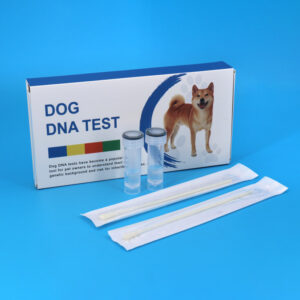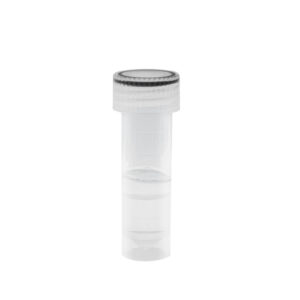Collecting a urine sample from your dog may seem intimidating, but it’s an important step in maintaining their health. Veterinarians often request urine samples to screen for underlying issues such as urinary tract infections, kidney disease, or even diabetes. This practical, step-by-step guide will help you confidently collect a urine sample from your dog and deliver it to your vet for accurate diagnosis and treatment.
Why Do Vets Require Dog Urine Samples?
Urinalysis is a valuable tool for veterinarians. Testing your dog’s urine can uncover:
- Urinary tract infections (UTIs)
- Kidney problems
- Diabetes
- Bladder stones
- Signs of dehydration or overhydration
By providing a clean urine sample, you help your veterinarian evaluate your dog’s health and determine the most appropriate care plan.
What Supplies Will You Need?
Before you start, gather the following items:
- A shallow collection tray: A clean plastic lid, disposable bowl, or even a repurposed takeout container works well.
- Disposable gloves: For hygiene and to avoid contaminating the sample.
- Urine collection container: Ask your veterinarian for one, or purchase from a pharmacy.
- Leash: Useful for guiding and steadying your dog during collection.
- Labels and a pen: Clearly note your dog’s name, along with the date and time of collection.
Step-by-Step Instructions for Collecting Dog Urine
1. Prepare the Collection Tray
- Clean thoroughly: Wash the tray with mild soap, rinse well, and ensure it’s completely dry. Any leftover soap or water can affect test results.
- Plan for timing: If your veterinarian requests a first-morning sample, have your materials ready before your dog’s first walk.
2. Set the Scene
- Leash your dog (if needed): This helps you guide your dog to the right spot and keep them steady.
- Choose a familiar spot: Dogs are more likely to urinate in their usual potty area.
3. Collect the Sample
- Act quickly and calmly: As your dog begins to urinate, gently slide the tray under the urine stream, aiming for a “mid-stream” sample.
- Transfer the urine: Pour the collected urine into the sterile container, collecting at least 1–2 tablespoons if possible.
4. Label and Store
- Label promptly: Write your dog’s name, your name, and the collection time on the sample container.
- Refrigerate if necessary: If you can’t bring the sample to your vet immediately, refrigerate it for up to 12 hours.
Tips for Success
- Confirm with your vet how much urine is needed—usually just a small amount.
- Collect the sample in one attempt rather than combining multiple small samples.
- Be patient: Some dogs take longer to relax. Offer gentle praise or treats for positive reinforcement.
What If You Can’t Get a Sample?
If your dog is anxious, uncooperative, or you’re struggling to collect a sample:
- Contact your vet: Some clinics can collect a sample directly using a catheter or a quick, painless bladder tap (cystocentesis).
- Ask about special tools: Some vets offer non-absorbent litter or other collection aids for indoor or small dogs.




